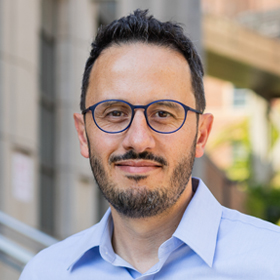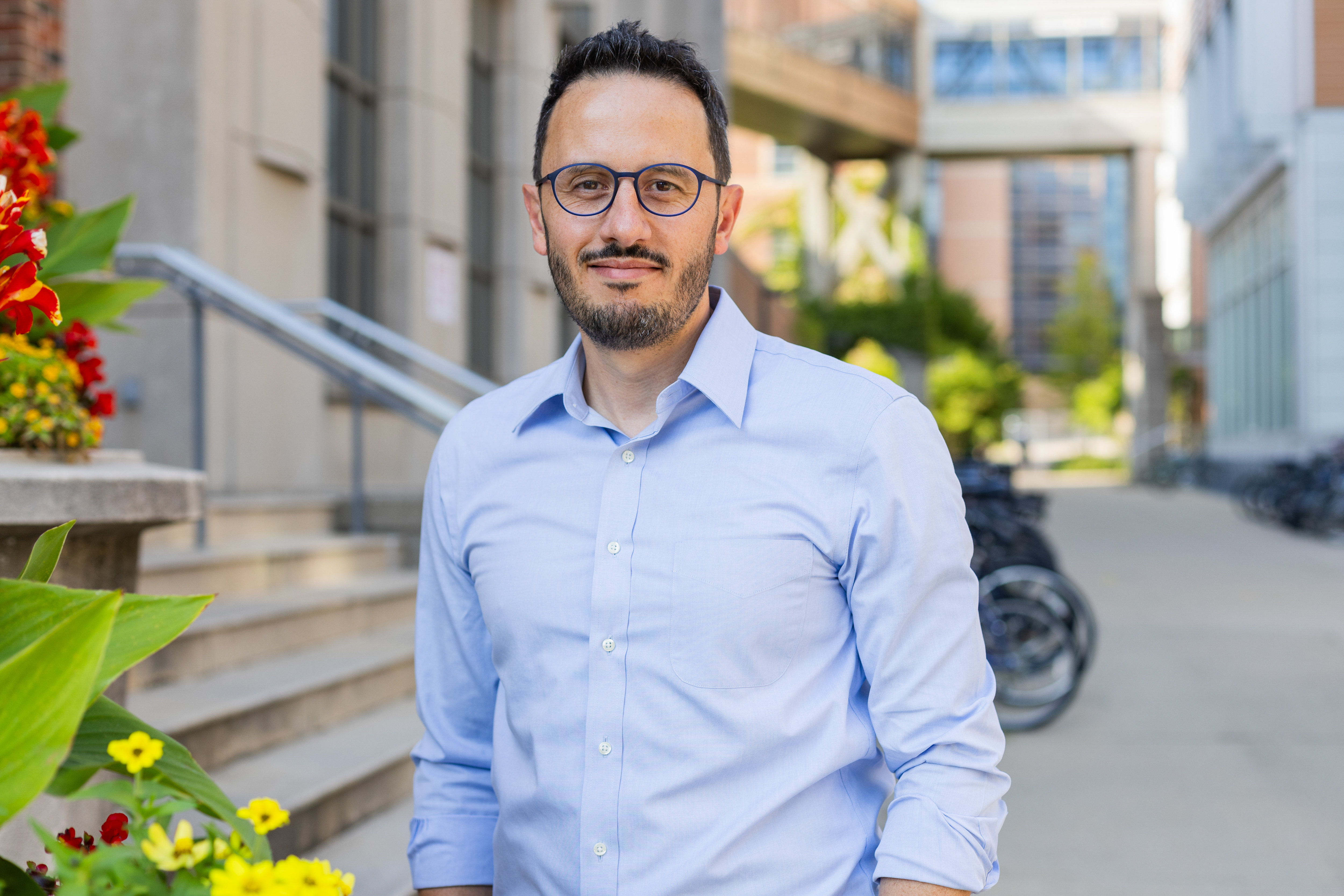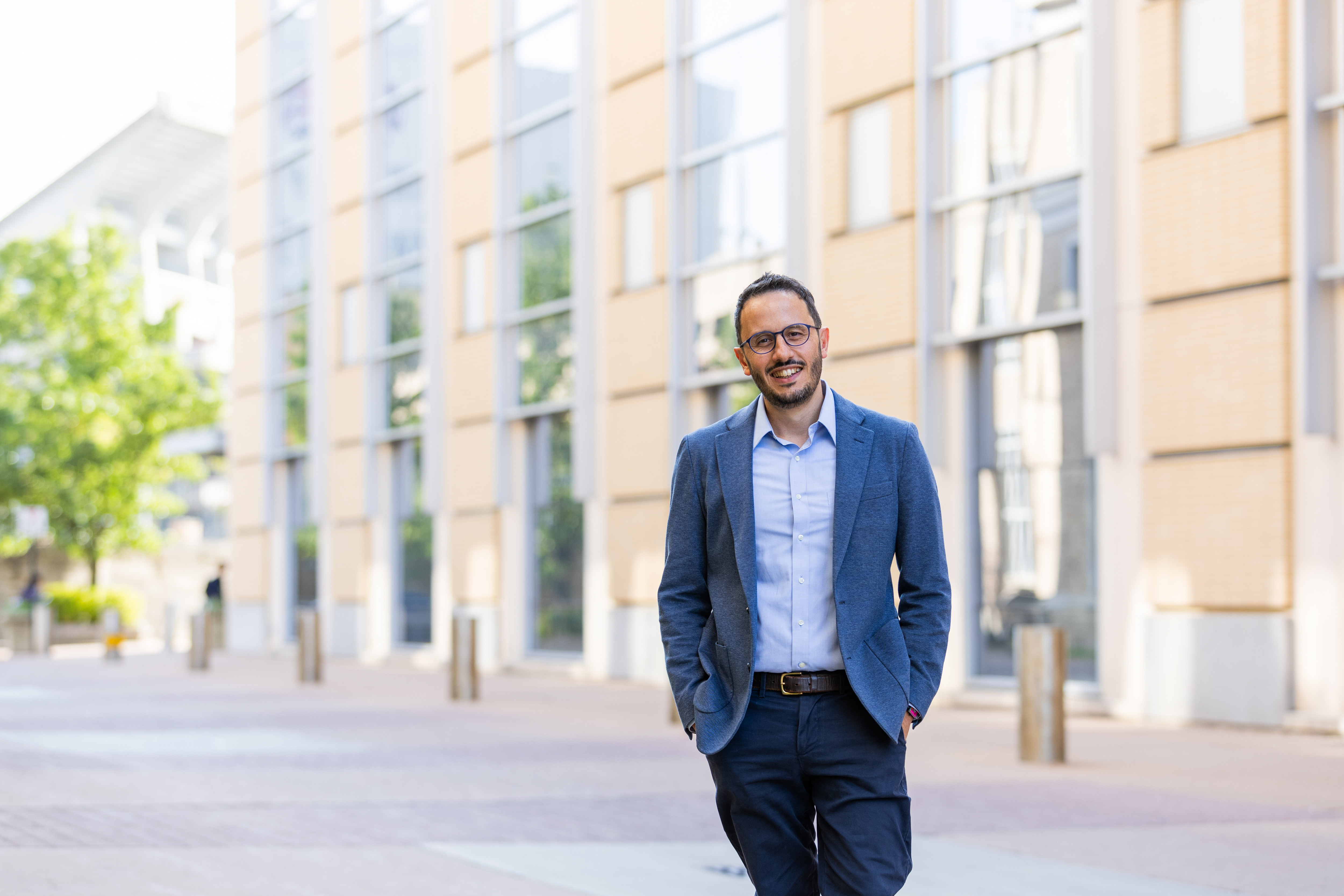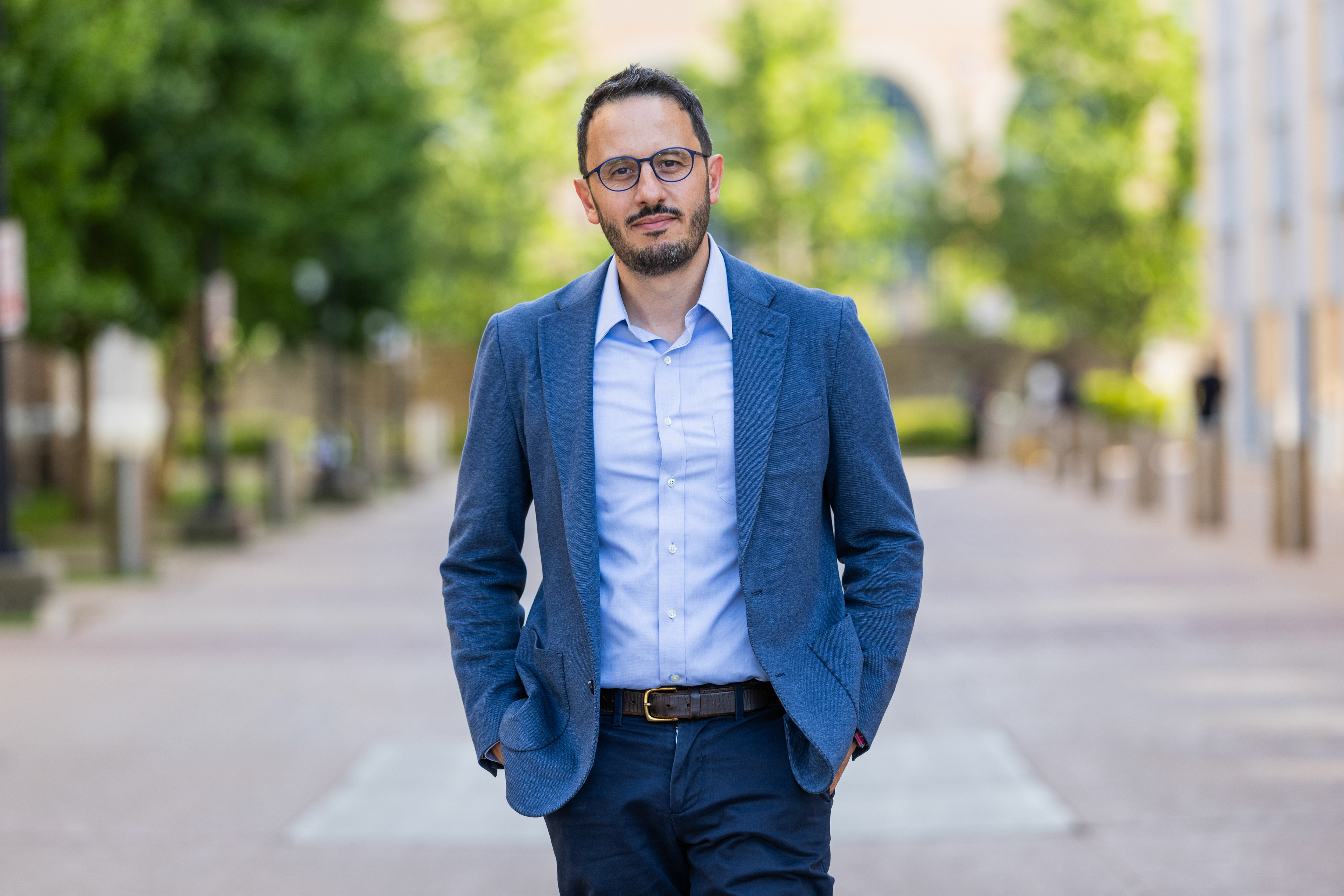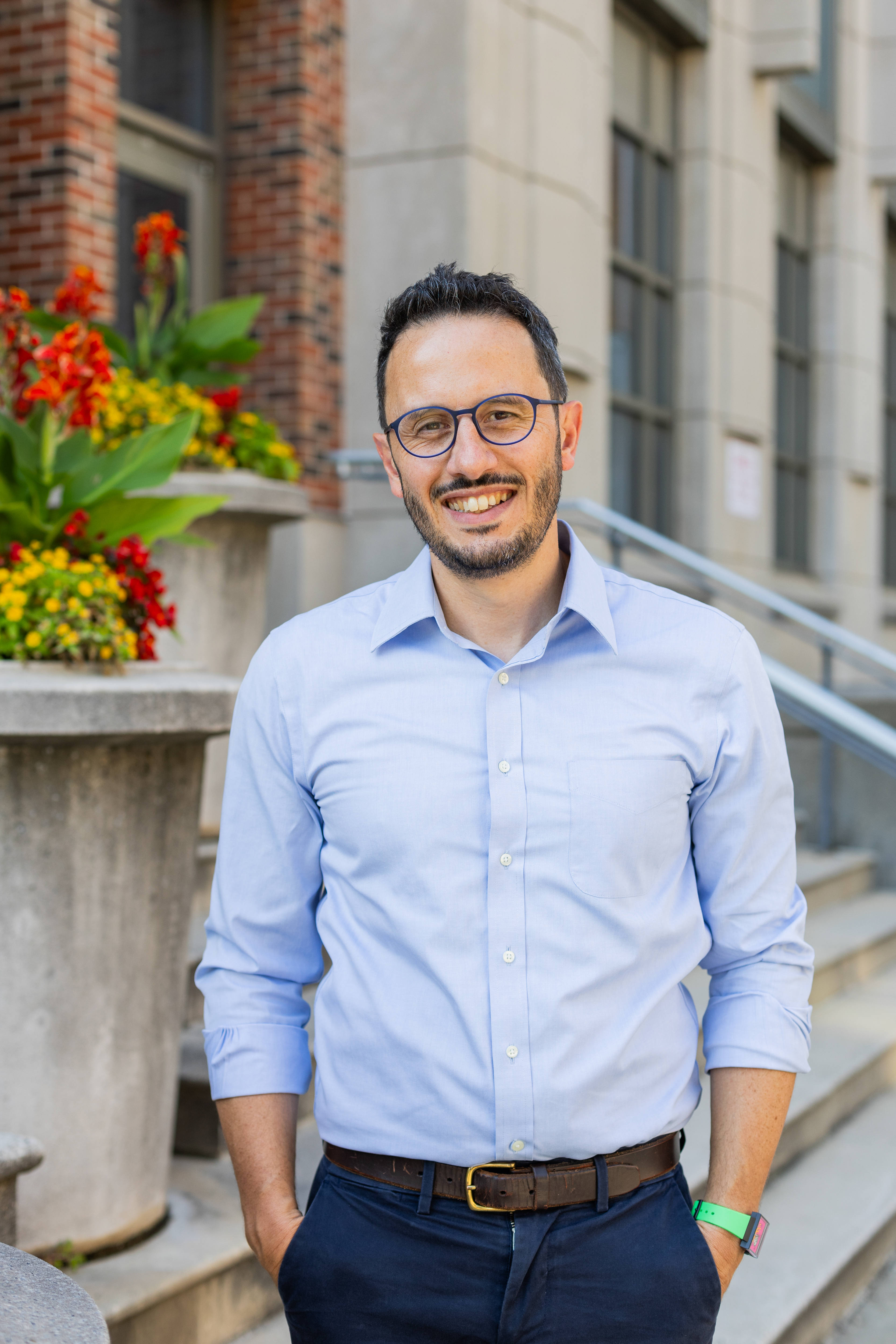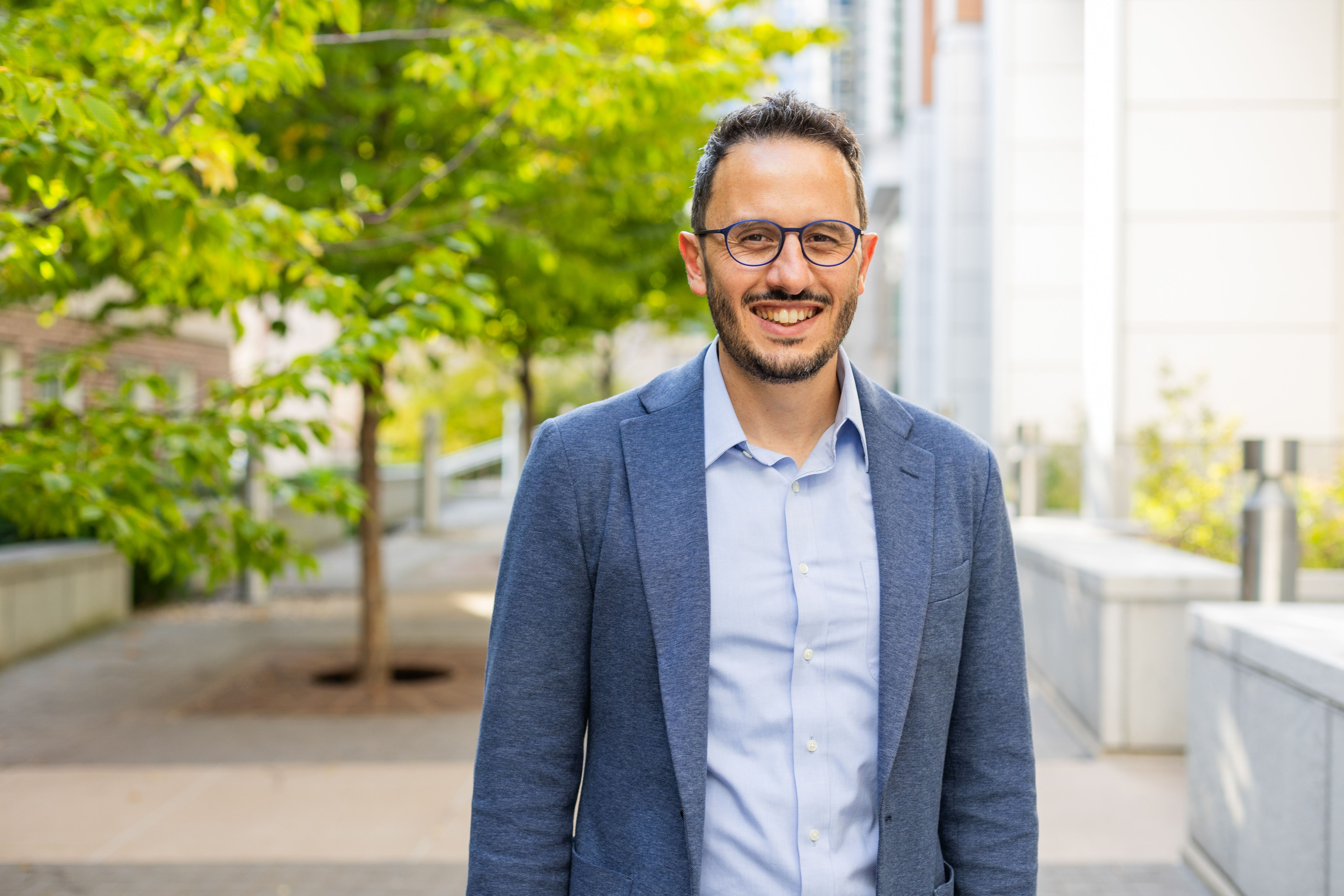About Sébastien's Work
Sébastien Philippe is a nuclear security specialist exposing past harms and potential future risks from building, testing, and storing launch-ready nuclear weapons. Philippe draws on archival research, data modelling, and his training as a nuclear safety engineer to clarify the extent of human and environmental damage from nuclear tests and the risks associated with nuclear weapon modernization policies. He builds multidisciplinary collaborations to make his research accessible and useful to affected communities and policymakers.
Nuclear states such as the United States and France detonated hundreds of nuclear weapons in atmospheric tests. The fallout clouds from these tests exposed people in their paths to radiation that caused serious illnesses such as thyroid cancer and leukemia. Government assessments that obscure and, in some cases, purposefully hide the extent of radiation exposure have limited who is compensated for harms. Philippe conducted the first independent assessment of France’s nuclear weapons testing in French Polynesia between 1966 and 1996. He used information from newly declassified government reports, historical weather data, and atmospheric modelling to reconstruct fallout clouds’ paths and the radiation doses inflicted on people. His models showed that 10 times more people were exposed to significant radiation than the government reported. Philippe and collaborators present these findings in a book, Toxique (2021), and The Moruroa Files, a multimedia website with visualizations, declassified documents, and stories from affected individuals. Victims of radiation exposure have used this data when seeking reparations, and the French government was forced to amend its compensation practices. Philippe and collaborators’ examination of atmospheric tests in New Mexico and Nevada between 1945 and 1962 also revealed broader exposure than official records indicated. These results were used by advocates and members of the U.S. Congress to expand the parameters for compensation under the Radiation Exposure Compensation Act.
Philippe has also documented the risks inherent to the modernization of land-based nuclear weapons. Across the western United States, hundreds of nuclear missiles are deployed in fixed underground silos from which they can be launched at any time. The military argues that these missiles will act as a “nuclear sponge” to draw attacks to sparsely populated areas. Philippe used new simulator techniques and representative weather data to map the extensive radiation exposure that would result from such an event. In data visualizations, a short film, a podcast, and other materials on The Missiles on Our Land website, he and collaborators illustrate the widespread destruction that would be caused by a nuclear attack on the missile sites. Philippe’s research helps victims get justice and ensures that the full humanitarian costs of nuclear weapons are part of global security and nuclear policy discussions.







